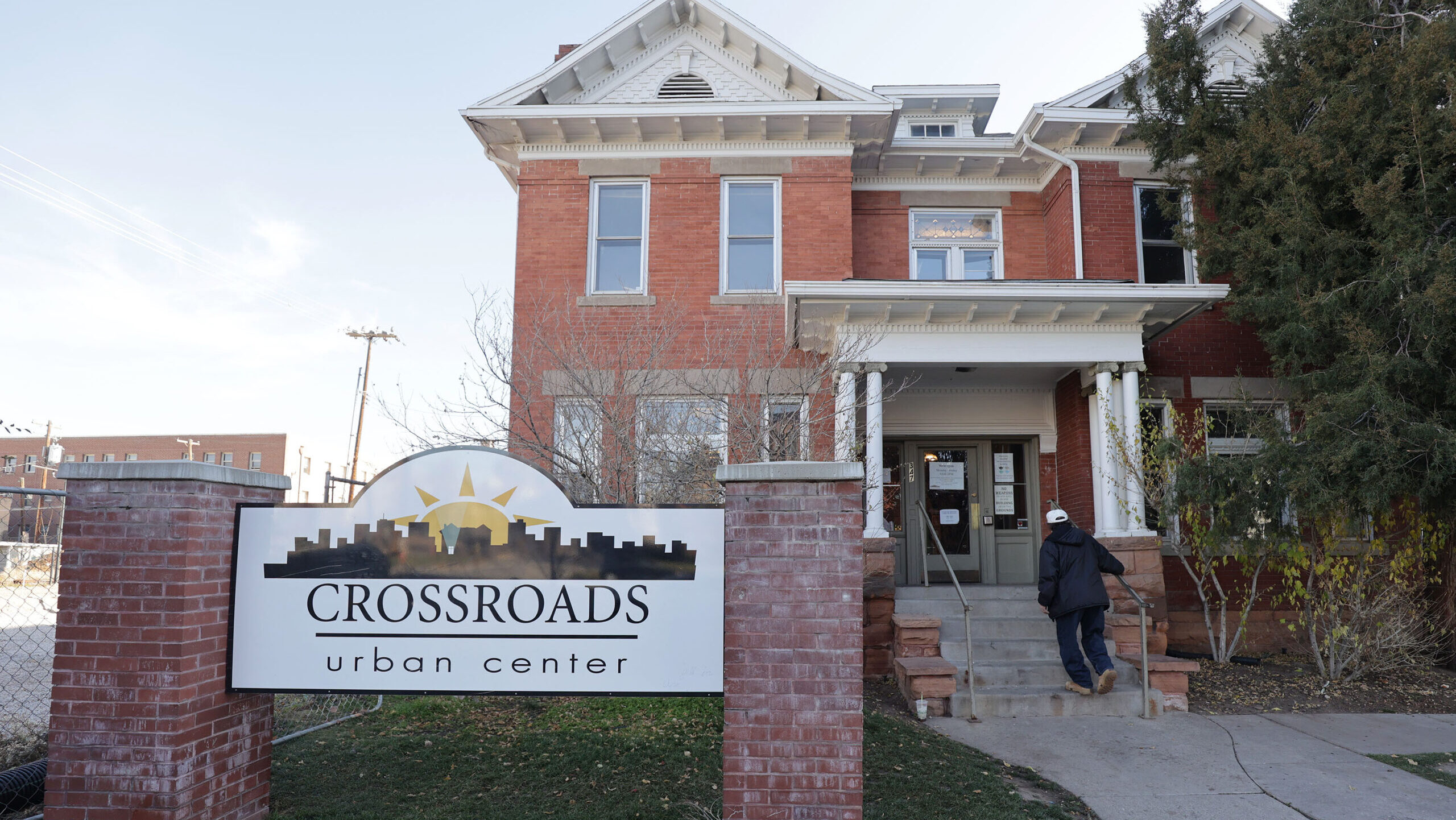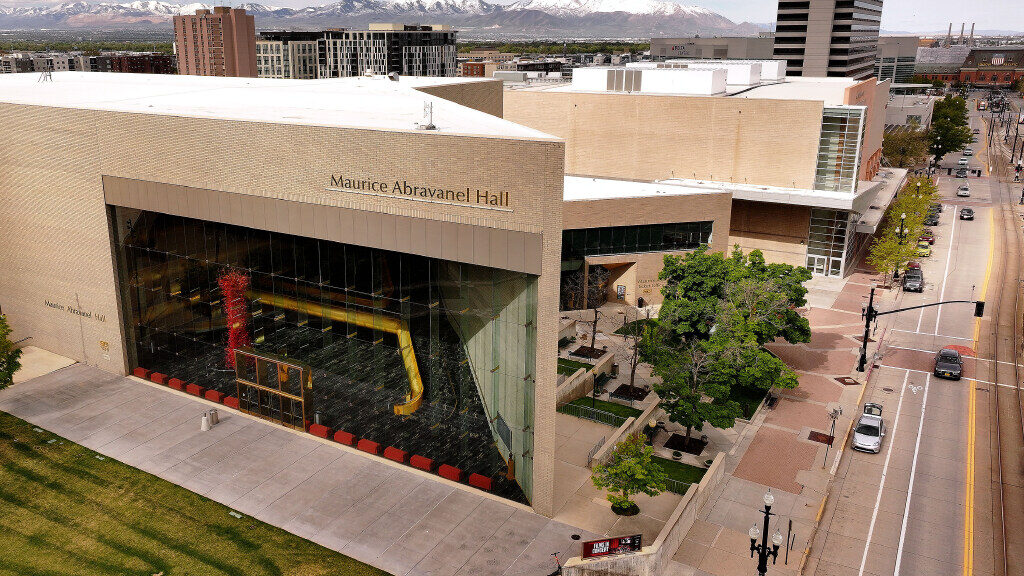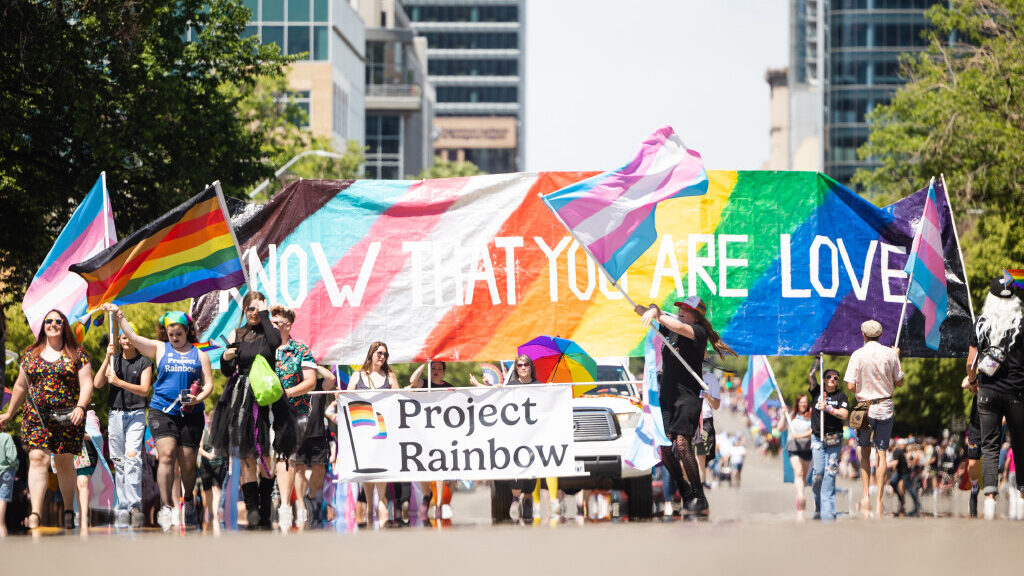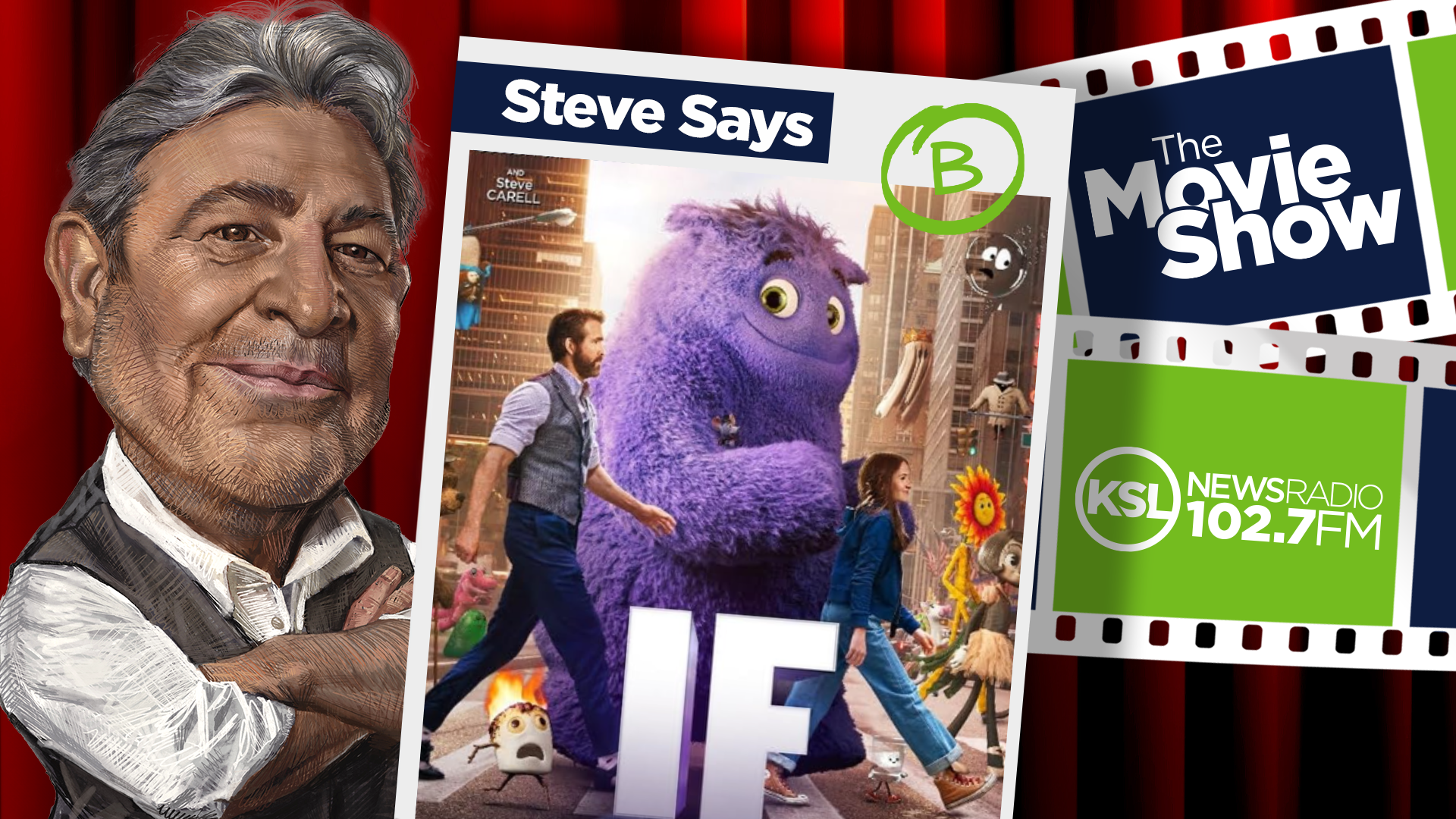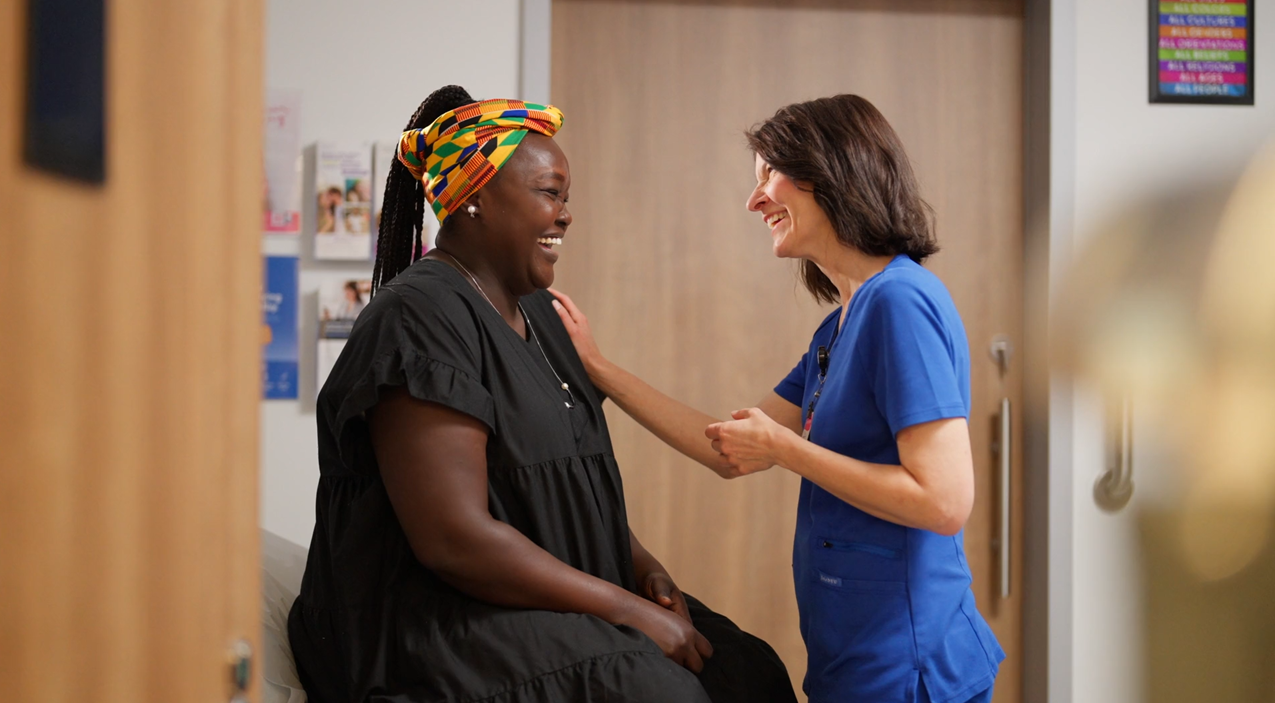The first-timer’s guide to the Kentucky Derby
May 3, 2024, 4:41 PM | Updated: 6:54 pm
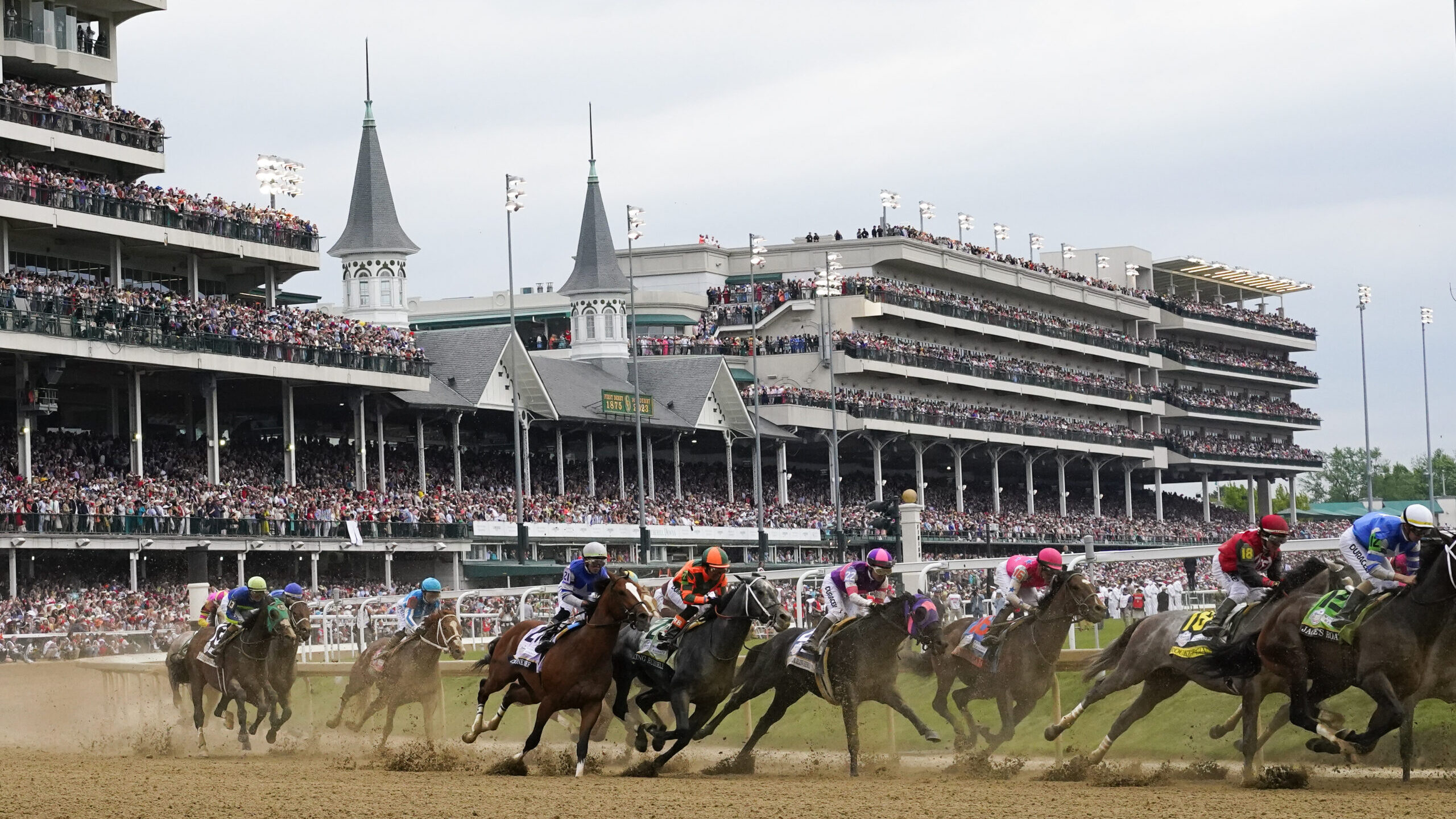
FILE - Javier Castellano, atop Mage, third from left, is seen behind with others behind the pack as they make the first turn while competing in the 149th running of the Kentucky Derby horse race at Churchill Downs Saturday, May 6, 2023, in Louisville, Ky. (AP Photo/Julio Cortez, File)
(AP Photo/Julio Cortez, File)
LOUISVILLE, Ky. — The Kentucky Derby brings fever-pitch excitement to the city of Louisville every year on the first Saturday in May, and newcomers to horseracing may need a guide to understand what’s what.
KSL NewsRadio has you covered.
A glossary for all things Kentucky Derby
The following is a guide to the terminology likely to appear during coverage of the Kentucky Derby this weekend. Most of our definitions came from this guide on the official Kentucky Derby website. Any other definitions are cited separately.
- BLOODLINE: People into genealogy may understand this one. It’s essentially a horse’s family tree.
- CALL TO POST: Traditionally performed on a bugle but sometimes a trumpet, this classic run of notes signals about ten minutes to race time. According to Louisville Public Media, the military originated the call to post (where it is known as “first call”).
- CARD: All of the races that are scheduled for the day. The Kentucky Derby traditionally runs in the early evening in Louisville, but it’s one of the last races in a long day of live racing at Churchill Downs.
- COLORS: Every stable or owner with a horse in the Kentucky Derby puts its jockey in a distinct pattern of silk shirt and cap.
- COLT: We call male horses under the age of 5, or under the age of 4 for thoroughbred horses, colts.
- FILLY: Most female horses under the age of 5 are considered fillies, but for thoroughbreds, it’s a female horse under the age of 4.
- FINISH LINE: The end of the race takes place at the finish line, and at the Kentucky Derby, the length of the race is 1.25 miles around the track.
- FOAL: A baby horse.
- FURLONG: A furlong equals a length of 1/8 mile. The Kentucky Derby measures 10 furlongs.
- HANDS: Horses’ heights are measured in “hands.” The average thoroughbred measures 16 hands, according to Brittanica.com.
- INFIELD: The area inside the smaller oval of the track’s fences is the infield. The cheapest admission to the Kentucky Derby means standing, bringing a chair, or setting up a blanket in the infield.
- JOCKEY: The jockey rides the horse in the race.
- MARE: Female horses over the age of 5 are called mares.
- NOSE: If you hear a horse has won “by a nose,” it probably was the result of a photo finish.
- PHOTO FINISH: Officials use a photo finish to determine who crossed the finish line first in a super-close race.
- SILKS: An alternative word for a jockey’s colors.
- TRIPLE CROWN: A series of three races considered horse racing’s highest triumph. The Kentucky Derby is the first of the three, followed by the Preakness Stakes in Baltimore and the Belmont Stakes in New York.
A guide to seeing the Kentucky Derby in person
Attending the Derby in person requires a lot of money and planning. The Louisville Courier-Journal reports the cheapest tickets to see the race this year cost $275, and don’t even include a dedicated seat. That price covers general admission and standing room only, which includes access to the infamous infield.
Think of the infield like the inner circle of a NASCAR racetrack. Rain in the forecast this year means people who set up in the infield at Churchill Downs will likely go home covered in mud, without ever laying eyes on a thoroughbred. By the end of the day, it will resemble a really crowded and muddy mosh pit. Don’t bring an umbrella, though. The racetrack forbids them.
Related: After long journey, Utah-trained Where’s My Ring will run the Kentucky Oaks
We are not kidding about the crowds. The Super Bowl typically attracts around 70,000 fans in person. At Churchill Downs, it’s more like 150,000.
Want a real seat? You need to plan to pay between $650 and $135,000, depending on whether you’re looking for just a seat or a suite. None of that factors in the cost of travel and lodging or any sightseeing you might want to do.
By the way, like concerts and other ticketed events, scalpers buy up Kentucky Derby tickets and mark them up for a profit. The official site to buy tickets is here.
What happens after the race?
The purse, or how much money is handed out at the Kentucky Derby, currently sits at $5 million according to CBS News. First place gets $3.1 million, second place takes home $1 million, and all of the horses in the top five places all get some prize money.
But for the owners of a Kentucky Derby-winning thoroughbred, much of the profit from owning the winner comes in the form of stud fees in the years after the race. For example, the Washington Post reports the most expensive horse in history, Fusaichi Pegasus, who won the Derby in 2000, initially collected stud fees of $150,000. But by later in his life, he was collecting a much lower $7,500. To invoke a horse pun, the stud fee stakes are high. Owners who pay stud fees don’t know until roughly 3 years later whether their gamble on a winning horse at stud pays off, after the foal born as a result of the mating grows up enough to start racing.
What is the Oaks?
The Kentucky Derby happens on the first Saturday in May, when either colts or fillies can run. But the day before belongs to the fillies. The Kentucky Oaks is slightly shorter than the Derby at 1 1/8 miles instead of 1 1/4 miles. The Kentucky Oaks doesn’t attract as large a crowd as the Derby. But Churchill Downs still expects 100,000 people to fill the grandstand and infield.
In 2024, one horse with Utah ties plans to run the Kentucky Oaks. “Where’s My Ring” drew the third post position for the Oaks.
By the way, much like human wage gaps, fillies experience a purse gap compared to colts. The purse for the Kentucky Oaks adds up to $1.5 million, compared to the Derby’s $3.1 million.


